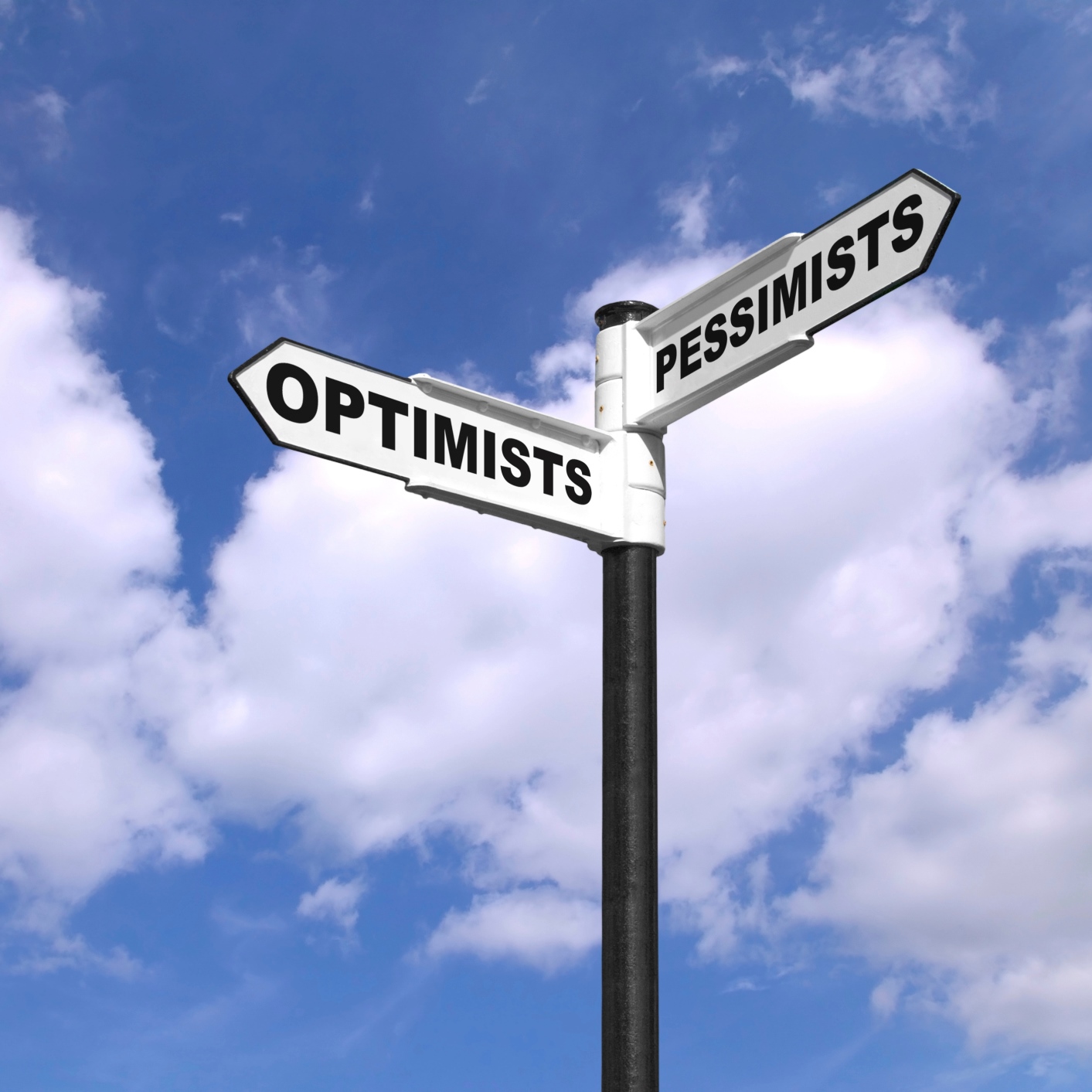
If one component drives gross domestic product in the United States these days, consumer spending takes the cake. That is why the monthly measurements for consumer sentiment from the University of Michigan and consumer confidence from the Conference Board matter so much. Last week’s consumer sentiment report unexpectedly declined, and now we are seeing the same thing from the consumer confidence report for April.
As a reminder, these are both considered by the market as very current on the timing. The cutoff date for the preliminary results was April 14.
The Conference Board Consumer Confidence Index declined moderately in April, after seeing an increase in March. The Index now stands at 94.2 for the month, down from 96.1 in March. Bloomberg’s consensus estimate from Econoday was 96.0, and the Wall Street Journal also called for a 96.0 reading.
What is unfortunate is that consumers are looking less confident for the months ahead versus how they really feel today. The Present Situation Index increased from 114.9 in March to 116.4 in April. It was the Expectations Index decreasing to 79.3 in April from 83.6 in March that did the most damage.
Conference Board Director of Economic Indicators Lynn Franco said:
Consumer confidence continued on its sideways path, posting a slight decline in April, following a modest gain in March. Consumers’ assessment of current conditions improved, suggesting no slowing in economic growth. However, their expectations regarding the short-term have moderated, suggesting they do not foresee any pickup in momentum.
Consumers’ appraisal of current conditions improved somewhat in April. Consumers’ appraisal of the labor market was also mixed, while they were less optimistic about the short-term outlook in April than last month. Another surprise was that the consumer outlook for the labor market was also less favorable.
Other key statistical data from the report were seen as follows:
- Those saying business conditions are “good” decreased from 24.9 percent to 23.2 percent.
- Those saying business conditions are “bad” also declined, from 19.2 percent to 18.1 percent.
- Those claiming jobs are “plentiful” decreased from 25.4 percent to 24.1 percent.
- Those claiming jobs are “hard to get” also declined from 25.2 percent to 22.7 percent.
- The percentage of consumers expecting business conditions to improve over the next six months decreased from 14.7 percent to 13.4 percent.
- Those expecting business conditions to worsen rose to 11.0 percent from 9.5 percent.
- Those anticipating more jobs in the months ahead decreased slightly from 13.0 percent to 12.2 percent.
- Those anticipating fewer jobs edged up from 16.3 percent to 17.2 percent.
- The proportion of consumers expecting their incomes to increase declined from 16.9 percent to 15.9 percent.
- The proportion expecting a reduction in income also declined, from 12.3 percent to 11.2 percent.
Travel Cards Are Getting Too Good To Ignore (sponsored)
Credit card companies are pulling out all the stops, with the issuers are offering insane travel rewards and perks.
We’re talking huge sign-up bonuses, points on every purchase, and benefits like lounge access, travel credits, and free hotel nights. For travelers, these rewards can add up to thousands of dollars in flights, upgrades, and luxury experiences every year.
It’s like getting paid to travel — and it’s available to qualified borrowers who know where to look.
We’ve rounded up some of the best travel credit cards on the market. Click here to see the list. Don’t miss these offers — they won’t be this good forever.
Thank you for reading! Have some feedback for us?
Contact the 24/7 Wall St. editorial team.


